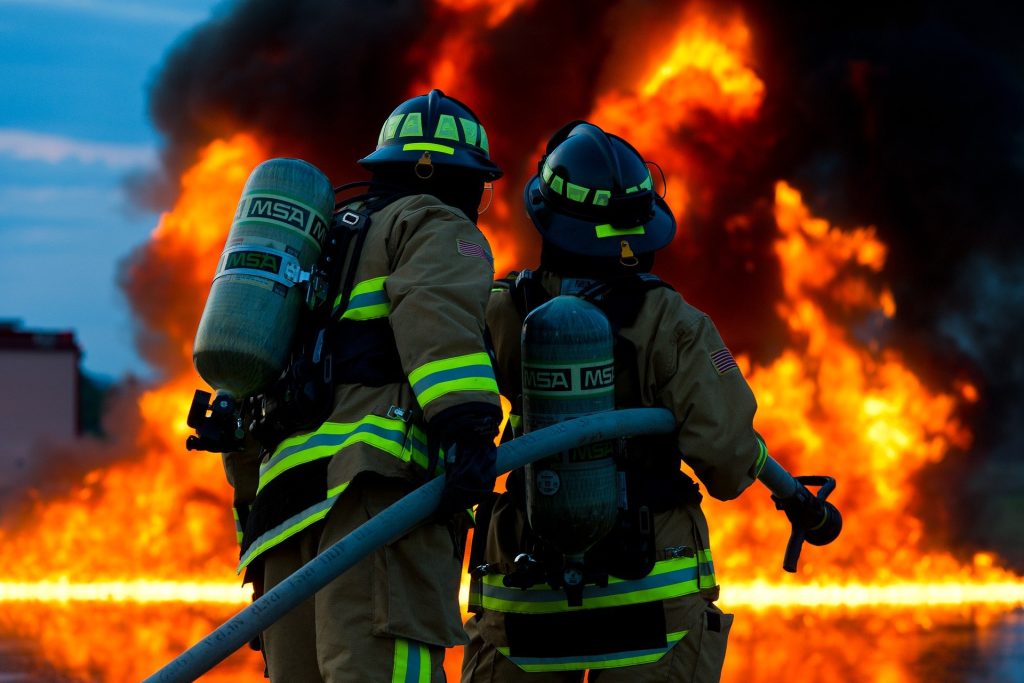PTSD and Anxiety may Affect Reproductive Health in Female Firefighters

A new study led by University of Arizona researchers in collaboration with fire service partners and other researchers around the country through the Fire Fighter Cancer Cohort Study showed that post-traumatic stress disorder and anxiety are associated with lower levels of anti-Müllerian hormone, a marker of ovarian reserve, among women firefighters.
The ovarian reserve, a measure of fertility, is the number of healthy eggs in a woman’s ovaries that could potentially be fertilised.
“These findings highlight the negative effect that mental health conditions can have on health – specifically, reproductive health,” said first author Michelle Valenti, MPH, a doctoral student in epidemiology at the Zuckerman College of Public Health and program coordinator of the Fire Fighter Cancer Cohort Study’s Women Firefighter Studies.
The paper was published in the Journal of Women’s Health.
Firefighters are exposed to high stress and traumatic situations in addition to chemical exposures and have a higher prevalence of PTSD compared with the general population. Previous research showed that women firefighters have lower levels of anti-Müllerian hormone compared with women who are not firefighters; however, the reason why was unknown.
The research team, which included personnel at the Zuckerman College of Public Health’s Center for Firefighter Health Collaborative Research, led this analysis to determine whether anxiety, depression or PTSD were associated with anti-Müllerian hormone levels. They found that clinical diagnoses of PTSD and anxiety among women firefighters were associated with reductions in anti-Müllerian hormone levels of 66% and 33%, respectively.
These findings highlight a potential mechanism through which adverse mental health conditions could lead to adverse reproductive outcomes. Further research is needed to identify potential areas for intervention.
“The work of this AMH study within the broader context of the FFCCS is imperative to taking care of all of our firefighters,” said Captain Caitlin St. Clair of the Puget Sound Regional Fire Authority. “These findings provide scientific leverage to fire departments to implement programs to reduce stress and improve the lives of our firefighter women.”
The Women Firefighter Study, a subgroup of the Fire Fighter Cancer Cohort Study, aims to identify causes of stress, cancer and adverse reproductive health effects in women firefighters that would inform effective interventions to mitigate these conditions.
“This study demonstrates the power of the Fire Fighter Cancer Cohort Study’s Women Firefighter Study to evaluate exposures that lead to adverse gynaecologic conditions,” Valenti said. “The Women Firefighter Study would not be possible without our amazing fire service partners who have championed women firefighter research.”


